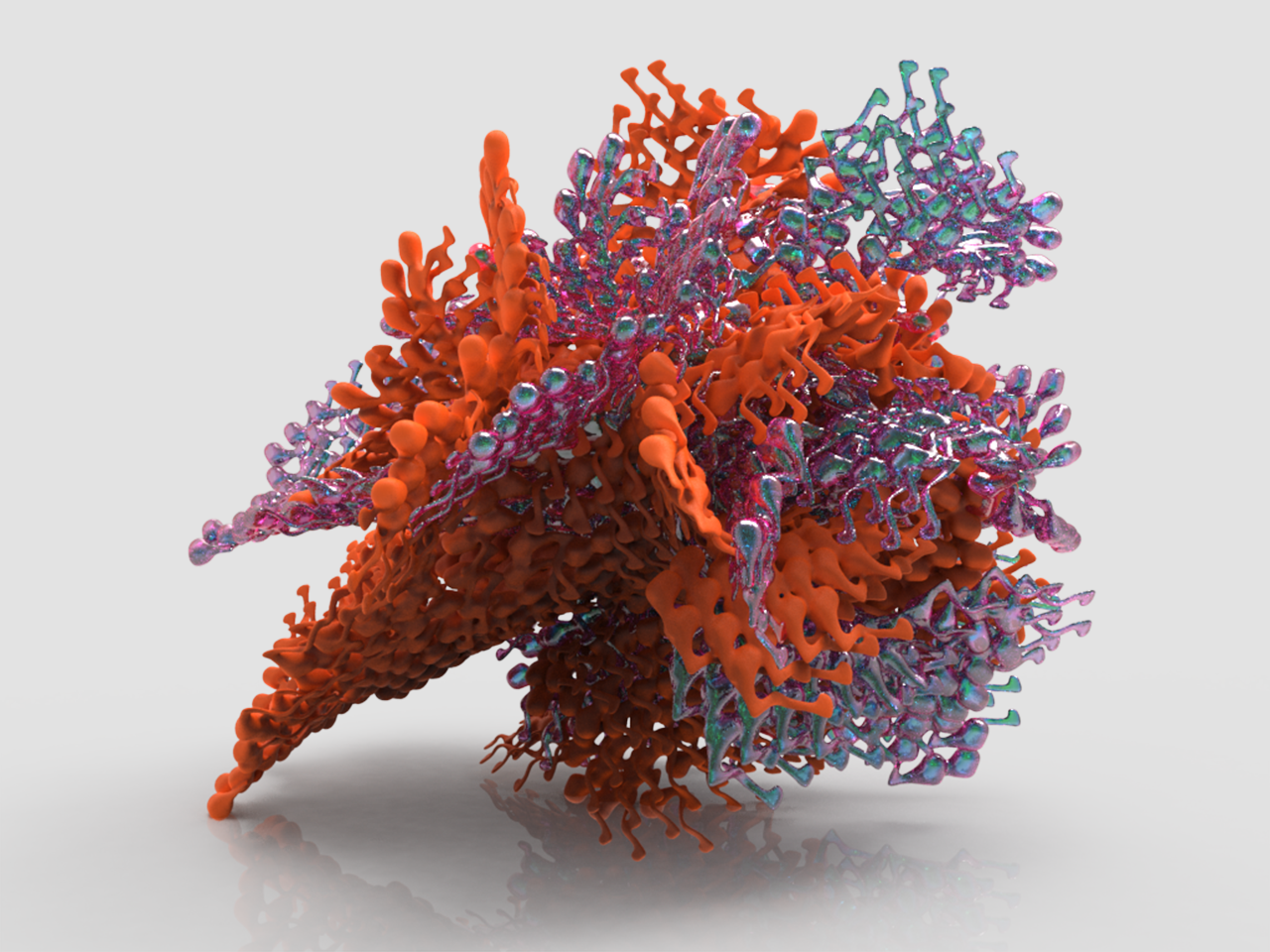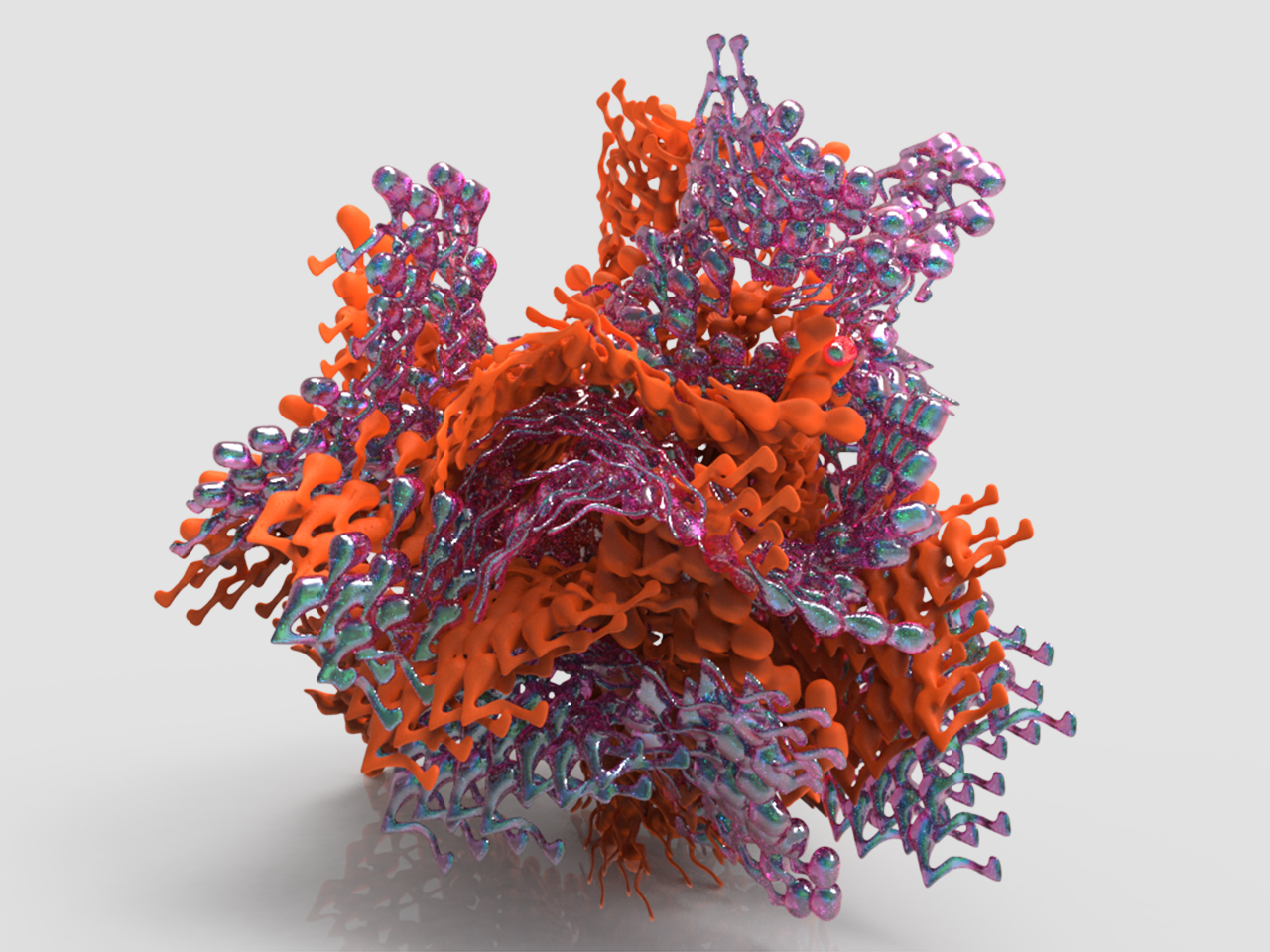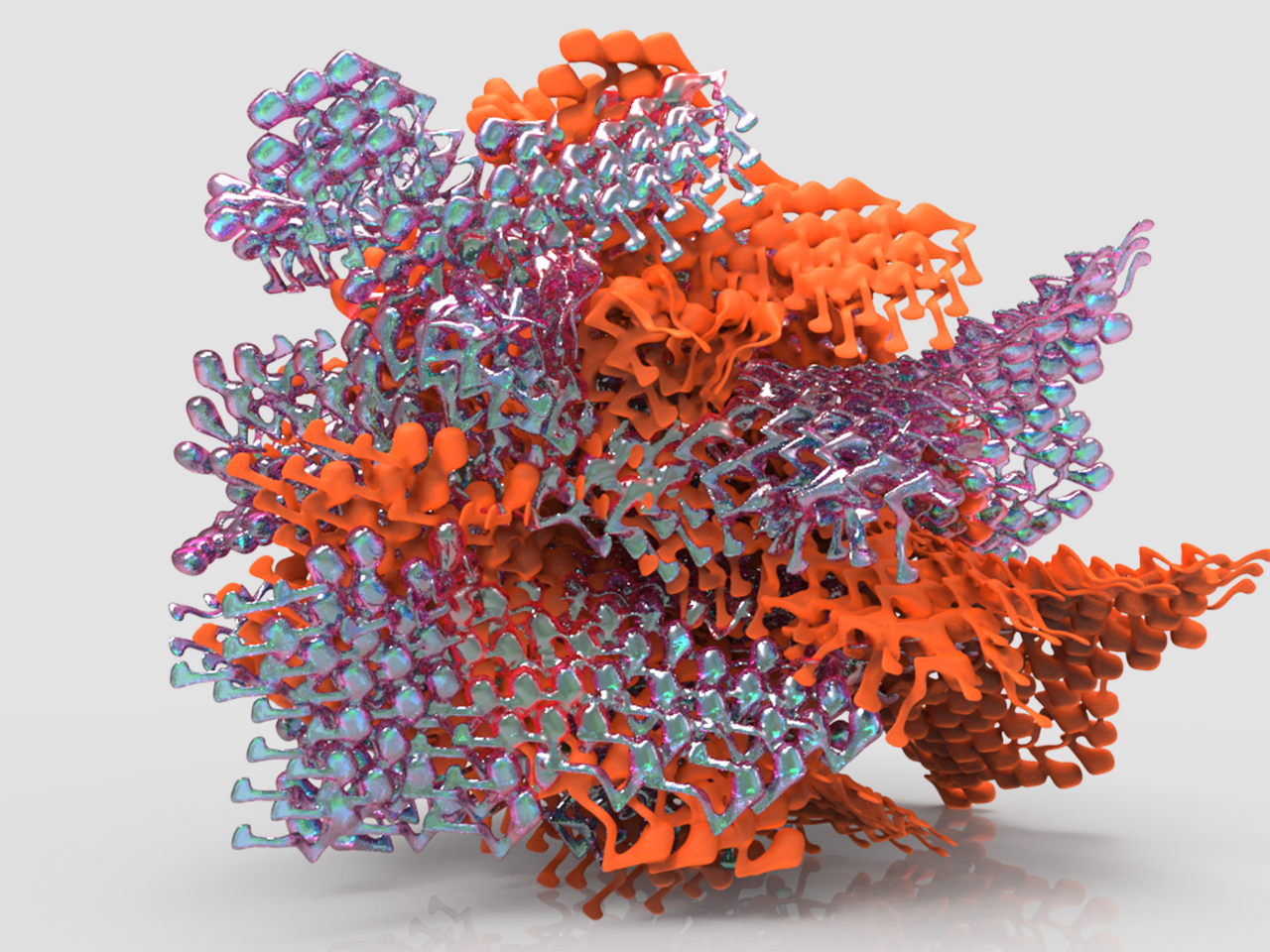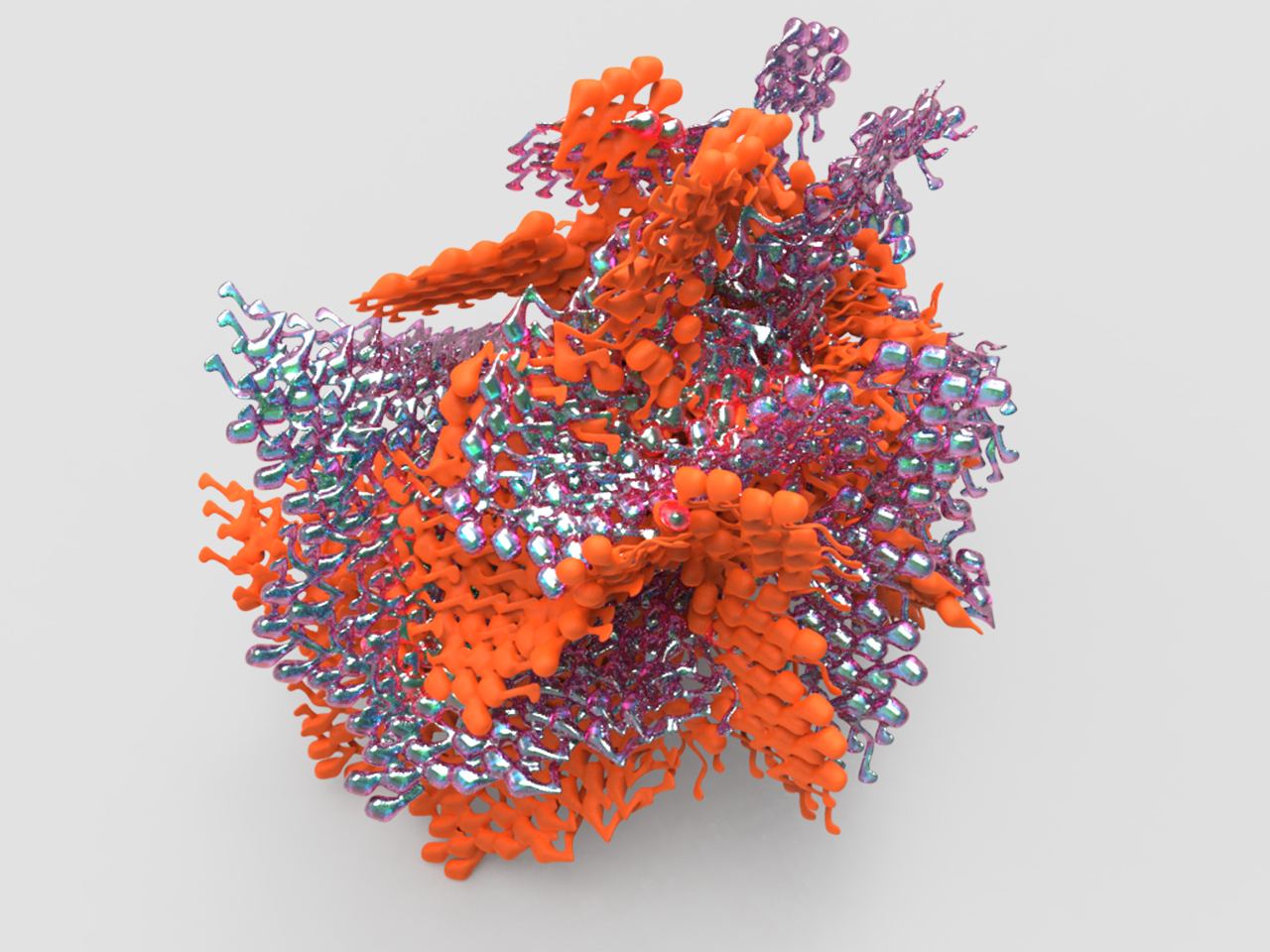The Idea of Survival of the fittest is taken to create an algorithm to generate an agent-based modeling process for form Finding exercise. The project showcases the various forms generated with swarm intelligence. These are not designs but merely artworks that showcase the personal journey to generative art explorations and creating forms that are unimaginable and unearthly. The study looked at how complex and unusual traits might emerge through the interaction of a number of simple behaviors. The need of developing a process that allows for experimentation and the creation of endless results, as well as evaluating the efficacy of each result, was emphasized. The assessment of each outcome prompted process modifications, which were subsequently updated, resulting in a feedback loop between process and outcome.
The Process Is three-fold :
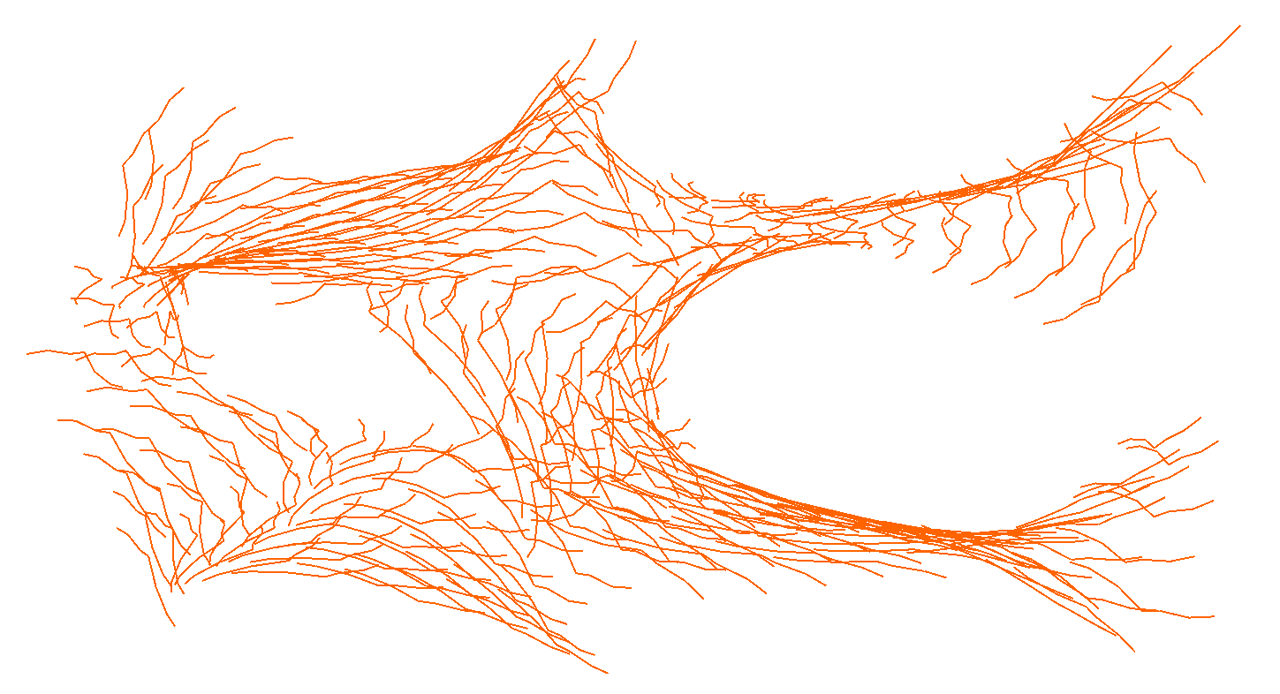
The Simulation in play

The surface/environment

The Simulation running on the surface
Algorithm: Defining the Logic for the movement and survival of the Agents (Variables). The collective intelligence of a colony of social insects and how well they can design their habitats or find the shortest path between their nest and food sources in difficult situations inspired this algorithm, which is based on the "Survival of the Fittest" hypothesis. Equations for agent behaviors system such as separation, alignment, cohesion, flocking, etc. under a particular environment are curated using vector mathematics (C#) to construct the self-organization patterns.
Code Written In C# for Multi-Agent Behaviors as mentioned above
Agents: The next step was to define these agents i.e. putting some values in variables for the above-mentioned equations, where each agent is tested on :
• Its Current Position
• Its current velocity
• Its direction from current position a personal best position
• Its direction from the current best position to the global best position.
• Its Current Position
• Its current velocity
• Its direction from current position a personal best position
• Its direction from the current best position to the global best position.
Aside from the logic, the computer simulation required a mass on which to work, and Autodesk Maya3D SubD Modelling was used to create various masses for testing. The agent's overall shape was made up of three parts: the head, the tail, and the connecting body. Playing with these three provided numerous specimens to experiment with.

Agent 101
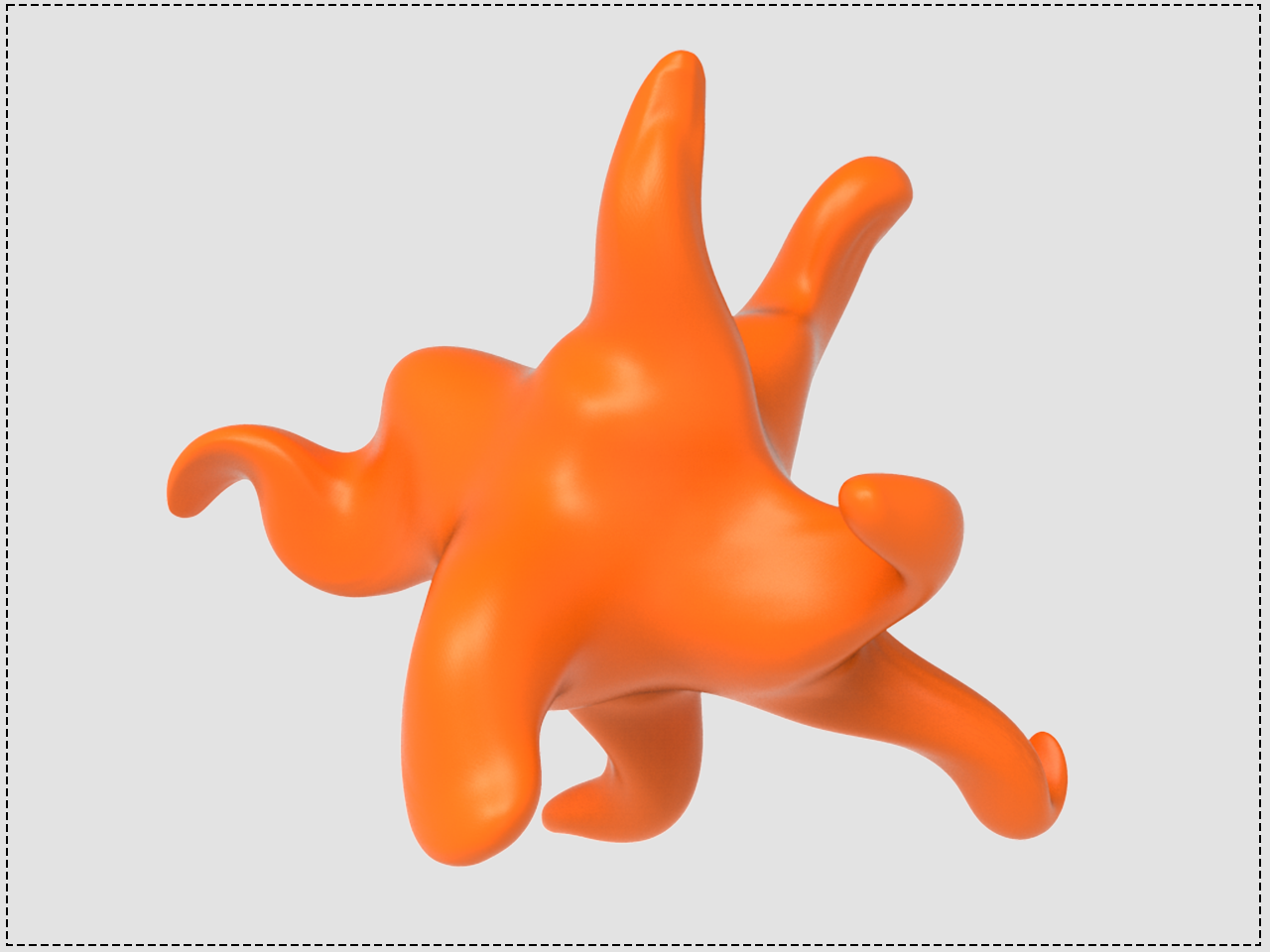
Agent 102
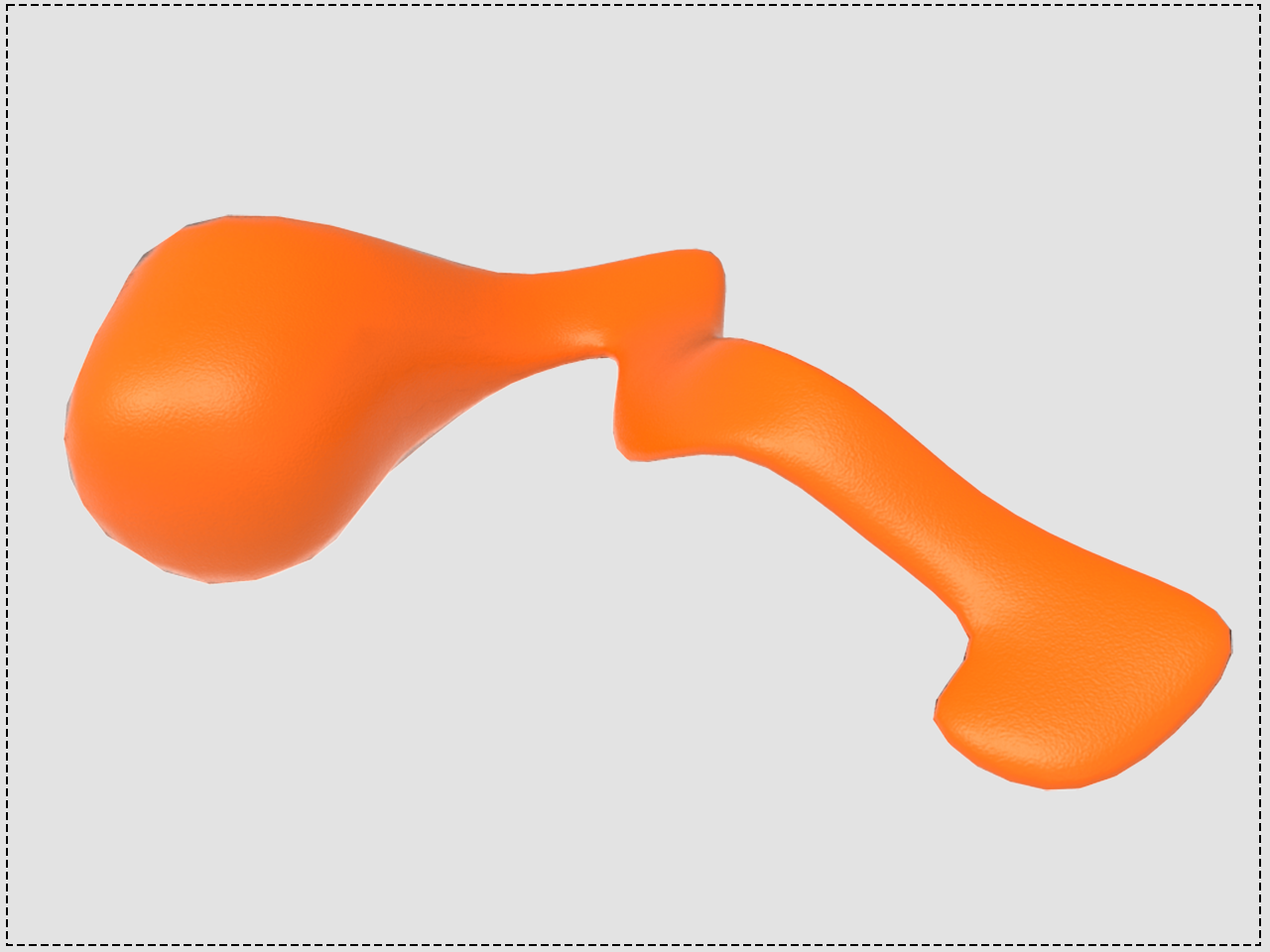
Agent 103

Agent 104

Agent 105
Environment: This segment of the project introduces the concept of parasite design, in which the agents live on a 3D surface and develop, eat, reproduce, and die in response to various computational circumstances to create a unique form or artifact. At this point, the procedure involves going back and forth to get to a place that matches the designer's vision and objective for the artwork.
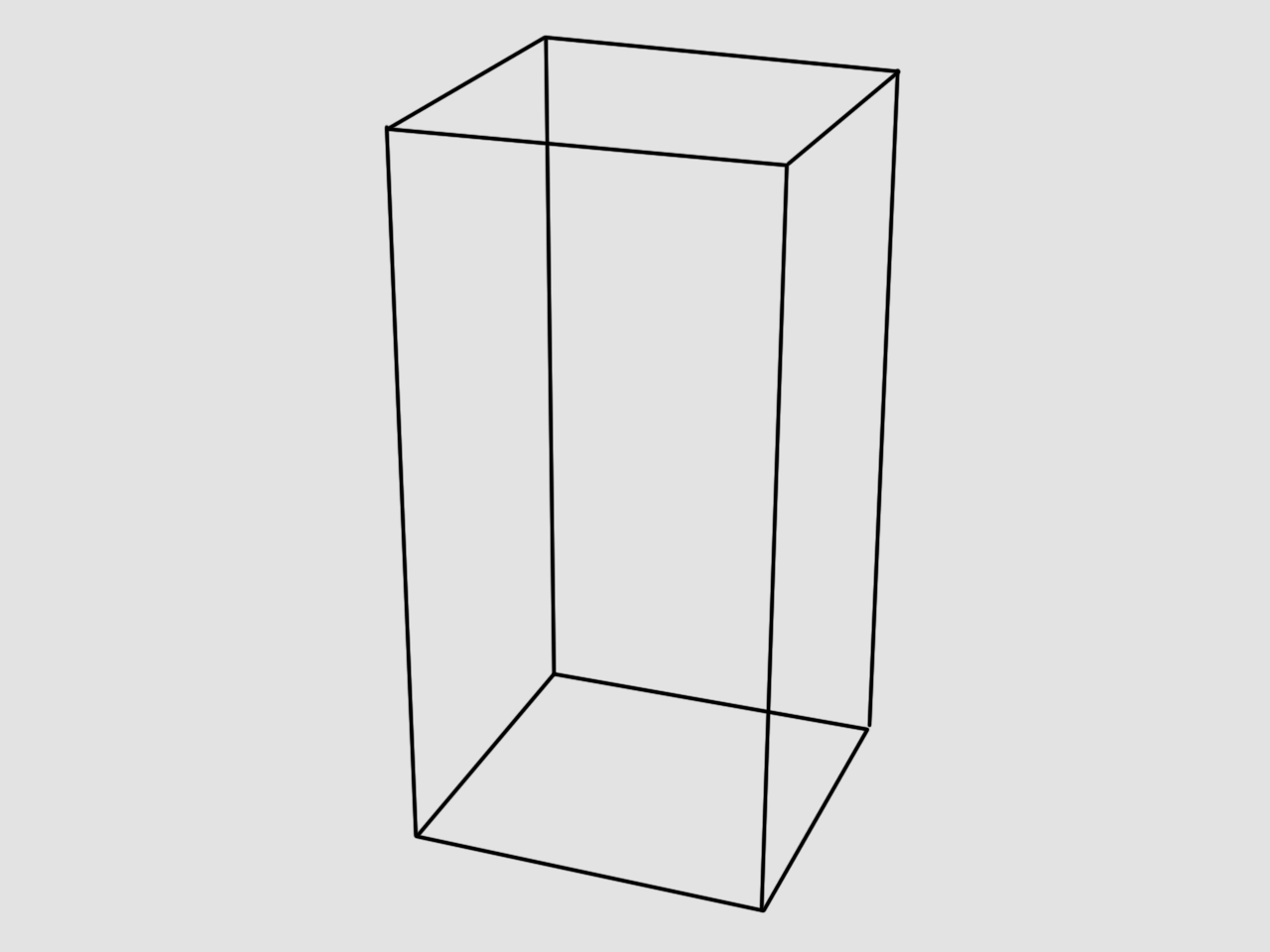
Environment for agents to habitat
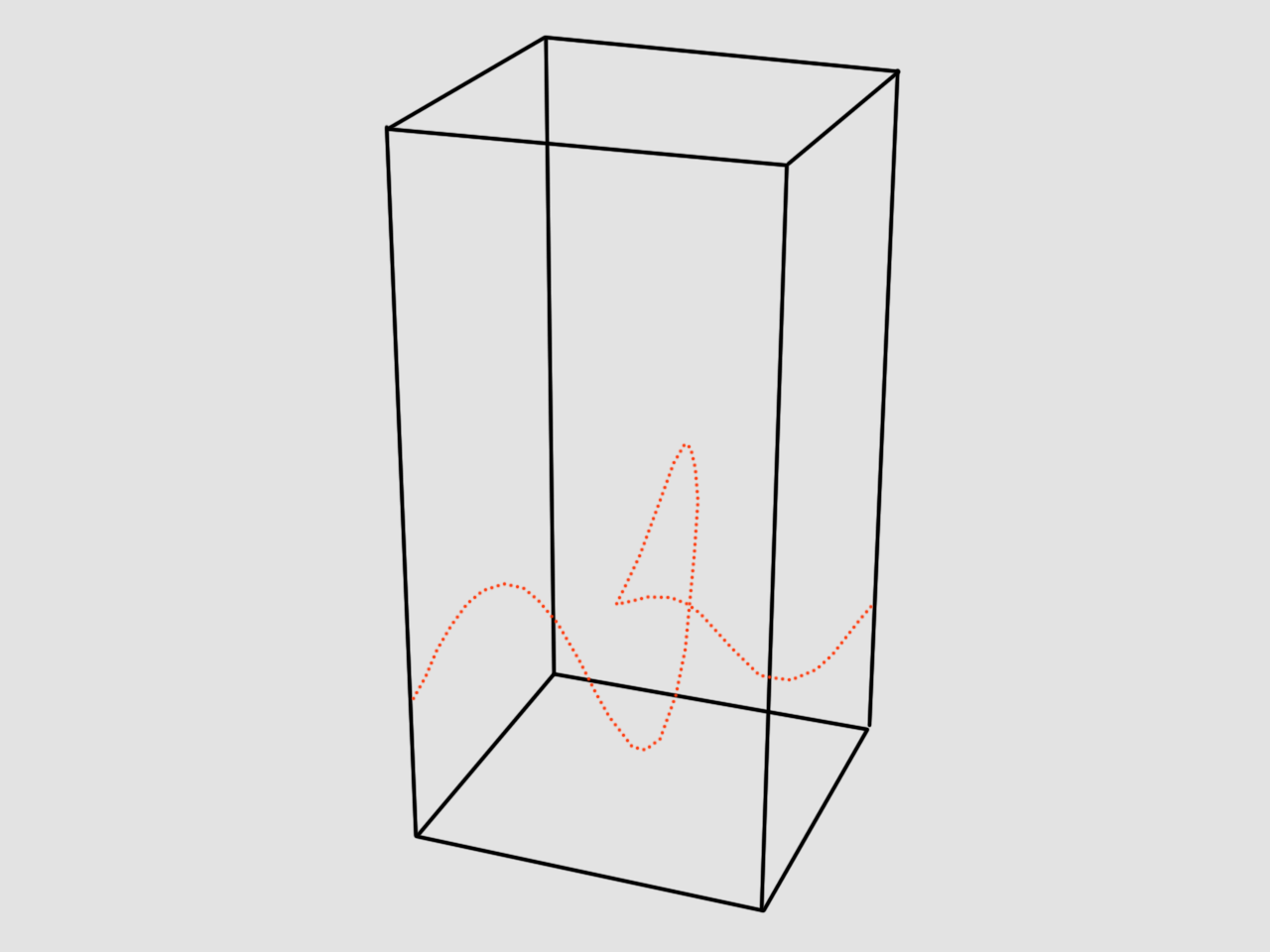
The starting point for the agents to grow

The Behavioural Patterns
Multiagent Emergent Forms explorations: The synergy between the direction of components and the direction of the surface transforms chaotic to orderly. The different expressions of the same component at various angles act as a catalyst in the blurring and retaining of elements. The project uses multiagent algorithms to find the form. The elements are distributed along the surface using the growth algorithm that is based on structural logic.
